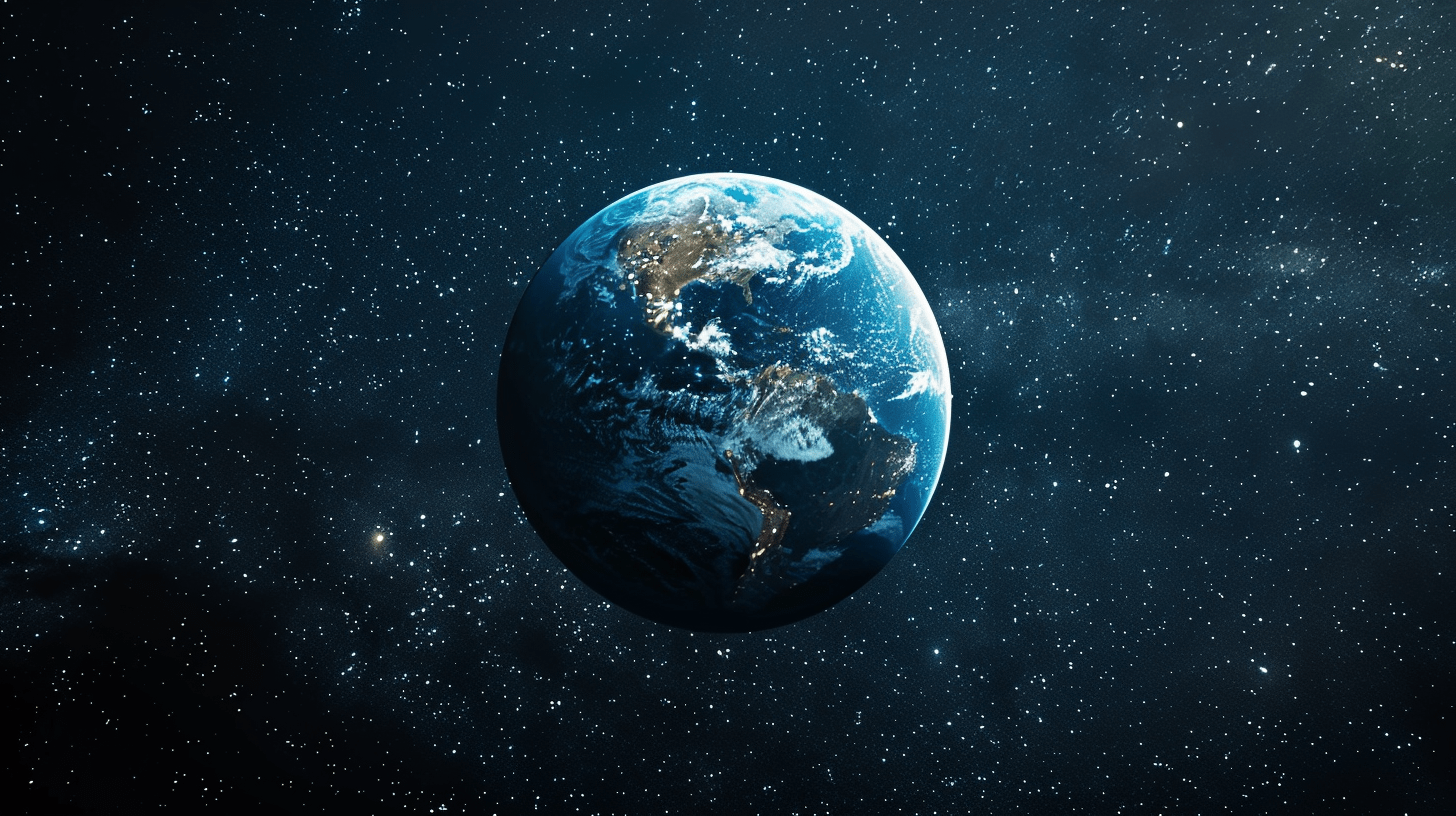Planetary Boundaries
Explore the concept of planetary boundaries, a scientific framework that identifies the environmental limits within which humanity can safely operate.

Challenge Introduction
In this challenge, you will explore the concept of planetary boundaries, a scientific framework that identifies the environmental limits within which humanity can safely operate. You will learn how Earth’s systems function, why certain boundaries have been crossed, and what this means for the future of life on Earth.
Learning Goals
- Explain the purpose of the planetary boundaries framework and why it was developed to define a safe operating space for humanity.
- Recognize which boundaries have already been exceeded and understand the potential consequences of crossing these environmental limits.
- Evaluate real-world examples of human activity that impact planetary boundaries and understand how science and policy can work together to mitigate risks.
- Identify and describe the nine planetary boundaries, including what each one measures and how it contributes to Earth's system stability.
- Analyze the interconnections between boundaries and explain how pressure in one system can affect others across the Earth system.
- Reflect on the importance of living within Earth's limits and how the planetary boundaries framework can guide sustainable choices at individual, community, and global levels.
Planetary Boundaries Framework
Complete these tasks:
What Are Planetary Boundaries?
Read • 1 min
The Holocene and the Anthropocene
Read • 1 min
Earth as a Complex System
Read • 1 min
The Nine Planetary Boundaries
Complete these tasks:
The Nine Boundaries Explained
Read • 2 mins
Why Some Boundaries Matter More Than Others
Read • 1 min
Climate, Land, and Oceans
In this section, you will explore three planetary boundaries that directly shape the physical environment: climate change, land-system change, and ocean acidification. You will learn how each of these systems works, how they are being affected by human activity, and what is at risk when these boundaries are crossed.
Complete these tasks:
Climate Change
Read • 1 min
Land-System Change
Read • 1 min
Ocean Acidification
Read • 1 min
Climate, Land, and Oceans Key Takeaways
Read • 1 min
Life-Sustaining Boundaries
In this section, you will examine three planetary boundaries that directly support life on Earth: freshwater use, biogeochemical flows (nitrogen and phosphorus cycles), and biosphere integrity. These systems regulate the availability of water, the fertility of ecosystems, and the balance of life on the planet.
Complete these tasks:
Freshwater Use
Read • 1 min
Biogeochemical Flows
Read • 1 min
Biosphere Integrity
Read • 1 min
Life-Sustaining Boundaries Key Takeaways
Read • 1 min
Atmospheric and Synthetic Boundaries
Complete these tasks:
Atmospheric Aerosol Loading
Read • 1 min
Stratospheric Ozone Depletion
Read • 1 min
Novel Entiries
Read • 1 min
Where We Are and Where We're Goin
In this section, you will examine the status of the planetary boundaries and reflect on what it means to live in a world where several have already been crossed. You’ll explore the consequences of operating outside Earth’s safe zone, as well as the opportunities for change.
Complete these tasks:
Which Boundaries Have Been Crossed
Read • 2 mins
Earn your rewards
Show what you have learned:
- Explain the purpose of the planetary boundaries framework and why it was developed to define a safe operating space for humanity.
- Identify and describe the nine planetary boundaries, including what each one measures and how it contributes to Earth's system stability.
- Recognize which boundaries have already been exceeded and understand the potential consequences of crossing these environmental limits.
- Analyze the interconnections between boundaries and explain how pressure in one system can affect others across the Earth system.
